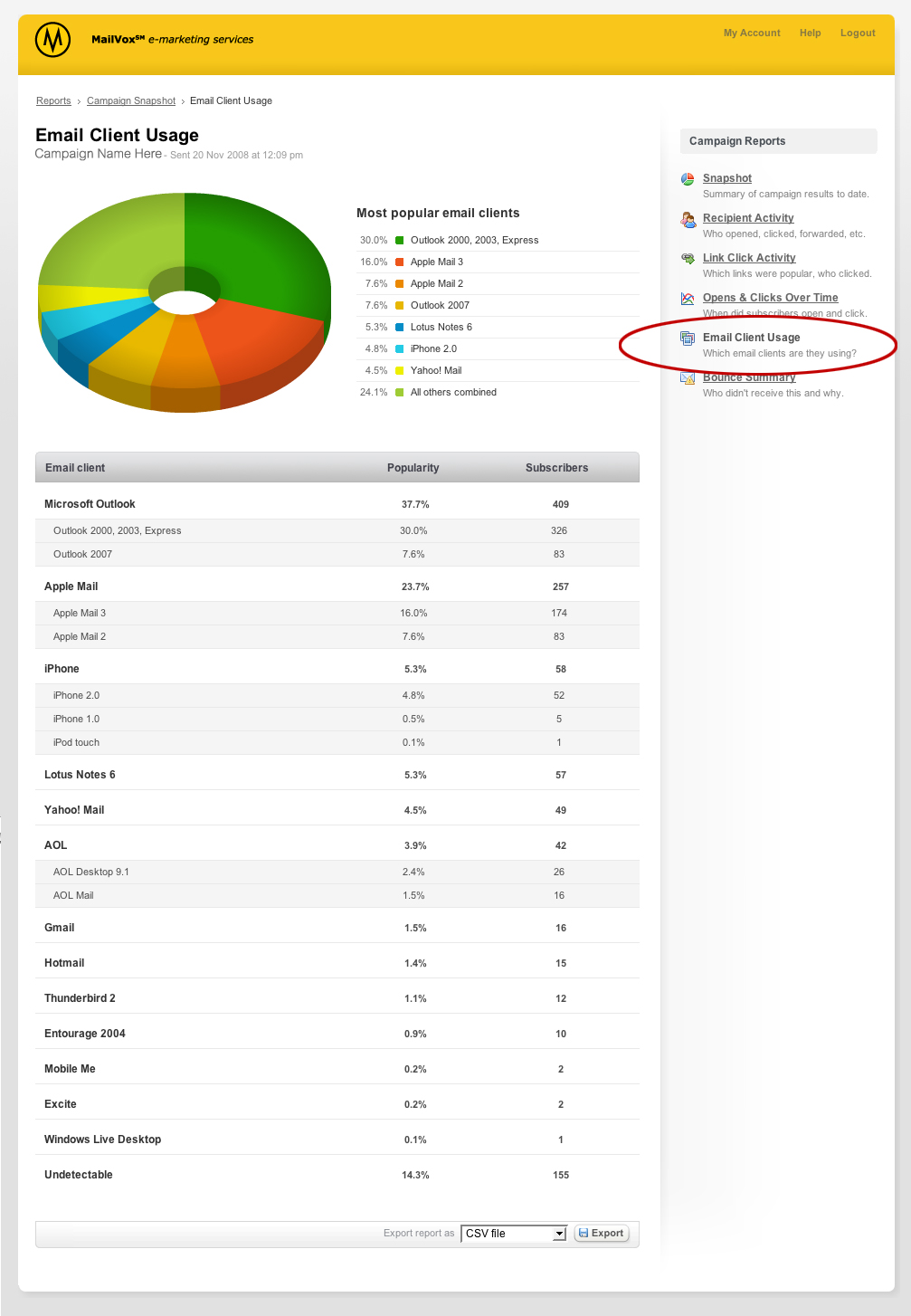Let’s establish three important points about direct mail:
- Direct mail works. It outperforms digital according to a recently published article by the University of Pennsylvania’s Wharton School of Business. The clear advantage over email and other electronic forms of communication is that paper is relational while electronic is transactional. At the same time, direct mail marketing integrates well with electronic media. Sending an email announcing a print catalog, for example, can increase response to the catalog and also drive more online sales.
- The direct mail model is changing. Direct mail started years ago with cheap postage and inexpensive paper. That combination made a low response model work. Today’s costs are much higher, but superior targeting capabilities, combined with the ability to highly personalize and customize print, produces response rates that easily justify the investment. But if you’re still using the old mass communications model for direct mail, you’re in trouble.
- Many companies still don’t understand direct mail. They are particularly uninformed about how recipients deal with direct mail. This lack of knowledge can result in campaigns that either under perform or tank entirely.

A Touch of Consumer Reality
There are more similarities than you might think between email and direct mail. Typical “open” rates for permission-based email campaigns fall into the 20-30 percent range. That doesn’t mean the recipient is going to do anything further, it just means that you caught their interest enough to take a glance. Direct mail is about the same. Approximately 20 percent of your recipients don’t immediately use the analog delete button, otherwise known as the trash can.
Similar to an email, opening direct mail also doesn’t mean that the recipient is ready to devote the morning to considering your promotion. Experts estimate that the average person will spend about 20 seconds scanning headlines, images, captions, offers and other trigger points.
About half of the skimmers will likely abandon your mailing at this point, so your piece better be convincing to those who are actually interested in your offer. According to an article written by direct mail copywriter Dean Rieck for MelissaDATA, those who continue reading are seeking confirmation that saying yes is a good decision. Your piece better give them that reassurance, because your number of live prospects is obviously dwindling.
How to Improve Your Odds
Direct mail isn’t a medium of subtleties. So don’t get hung up on minor creative tweaks like worrying that the sky in your image is the perfect color of blue. According to Rieck, spend your time and money where you’ll get the most return. Those areas include:
- Choosing the best lists. Nothing is more important than offers and lists. Fail at either and your direct mail campaign is in deep trouble. Proven direct mail responsive lists are the best performers after your house list, but you’ll still need to invest in testing to determine if a particular list works for you
- Choosing good products and services. Be discriminate in what you offer. Your best products and services are definitely an easier sell. Carefully select images to support them, and put an emphasis on showing the product or service in use.
- Working hard on your copy. Keep in mind how people read direct mail and spend lots of time refining your headlines and subheads. Include plenty of information for those who go beyond the hot spots. Direct mail has always been a long-copy medium, and don’t be deceived into thinking that it still isn’t. Clarity in copy counts heavily, and that includes your call to action.
- Keeping design simple and to the point. While not belaboring the perfect shade of blue for your sky, it is critical to not clutter your key message. Clarity in design also counts heavily, enabling readers to act more quickly.
- Making great offers. Like we said, a lot of your success will center on lists and offers. You need to entice people with a great offer, and this doesn’t involve price only. Offers such as premiums, outstanding guarantees or risk-free trials can be just as important as price in motivating someone to take action. If you’re dealing with a more complicated multi-step sell, be sure to offer something of value for taking the next step.
Get Hung Up on the Right Numbers
Like all direct marketing vehicles, direct mail is about accountability, measurability and return on investment. That’s part of what makes it so attractive, especially today. But in doing your evaluations, be sure to focus on quality rather than quantity. For example, a lead generation campaign that results in 200 prospects of marginal quality isn’t nearly as effective as a mailing that yields 35 interested, high potential prospects.
You need to measure not only short-term response rates and sales, but also how customers develop over time. People talk about lifetime value, but too few companies do a good job of actually measuring it. When you run a direct mail campaign, do you even track basics like:
- How many prospects turned into customers?
- How individual reps performed in converting prospects to customers?
- How long leads took to convert?
- How subsequent year sales compared to first year sales for individual customers and the campaign group?
The good news is that there is lots of affordable software available to help you track and measure the success of your campaigns. But no software will help you set good objectives or strategy.
Want Expert Advice?
MondoVox Creative Group can help you develop winning direct mail campaigns from list selection through strategy development and creative execution. For more information, email Julia Moran Martz.
You can connect with Julia Moran Martz on LinkedIn. Or follow her on Twitter.
By Larry Bauer









